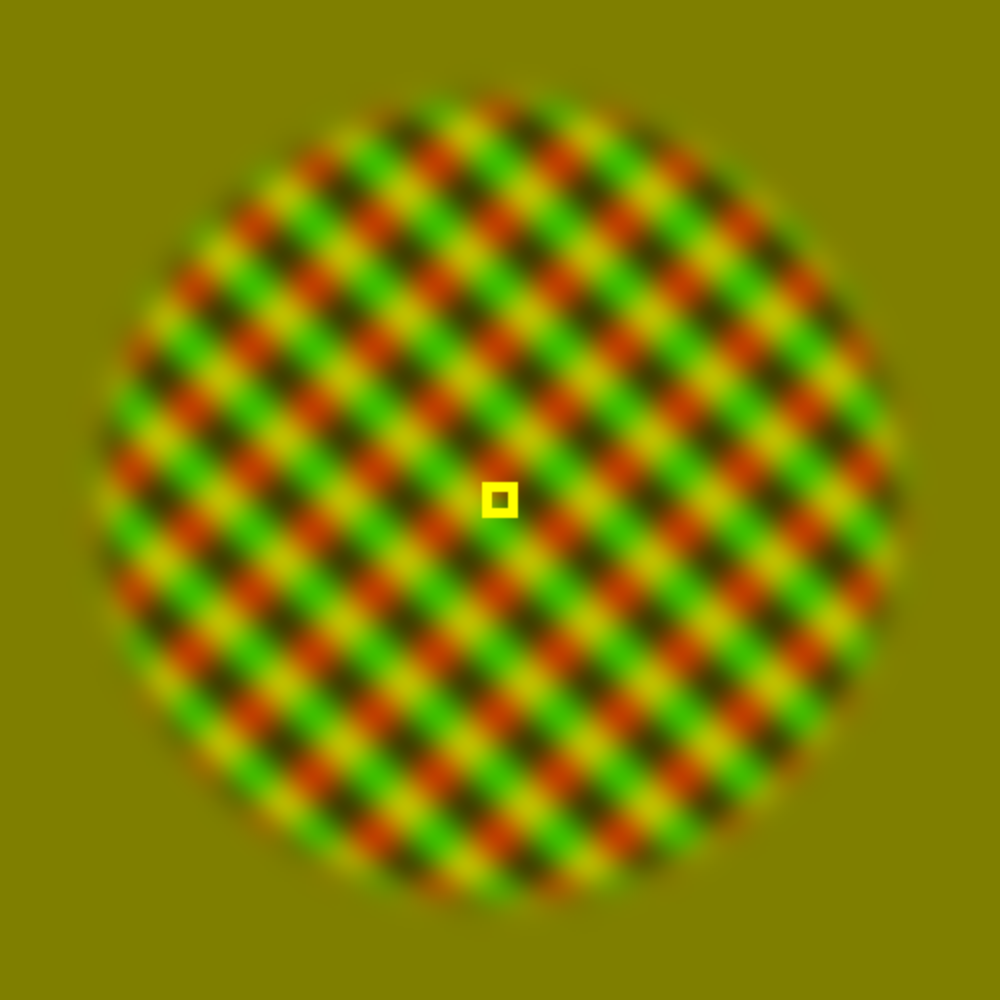Bistable stimuli
Necker cube
Here is a Necker cube, a classical example of bistable stimulus. The middle cube is ambiguous and should flip direction every few seconds. The cubes on the right and left are the same but their direction have been disambiguated with an occluder. The cube is ambiguous because it could be interpreted as 2 different percepts. The brain alternates between these 2 possible interpretations.
Binocular rivalry
Here is an example of binocular rivalry, another popular bistable illusion. When seen with anaglyph glasses the eyes each see a grating with different orientations. The brain is forced to choose one of the 2 possible percepts and alternate between them.

Tritones
Here is an example of an auditory bistable stimulus. Tritones are a succession of 2 complex sounds composed of sines spaced by an octave. The two complex sounds have the same overall modulation function and the pure tones are exactly half an octave apart between the first and second complex sounds. Therefore the auditory system sometimes interpret it as a sound going up, and sometimes as a sound going down.